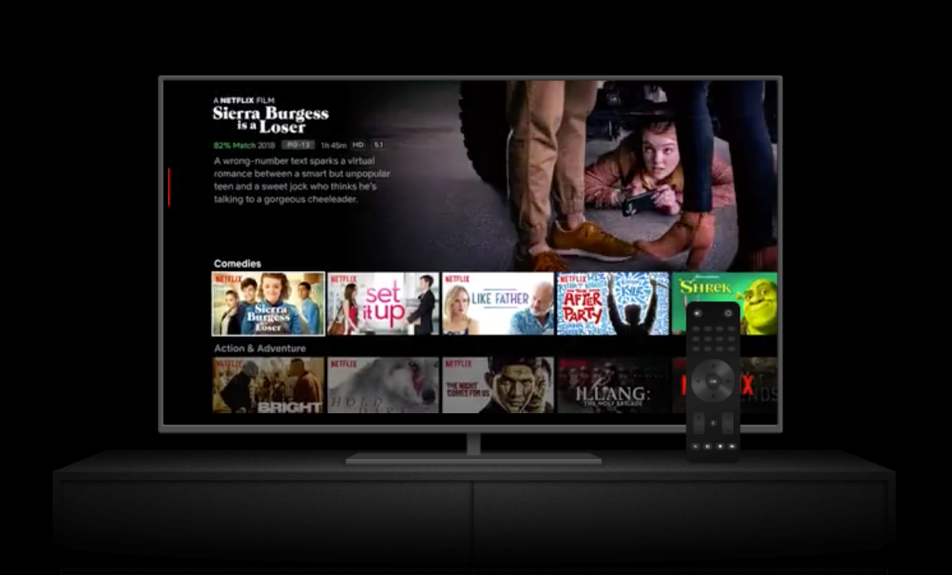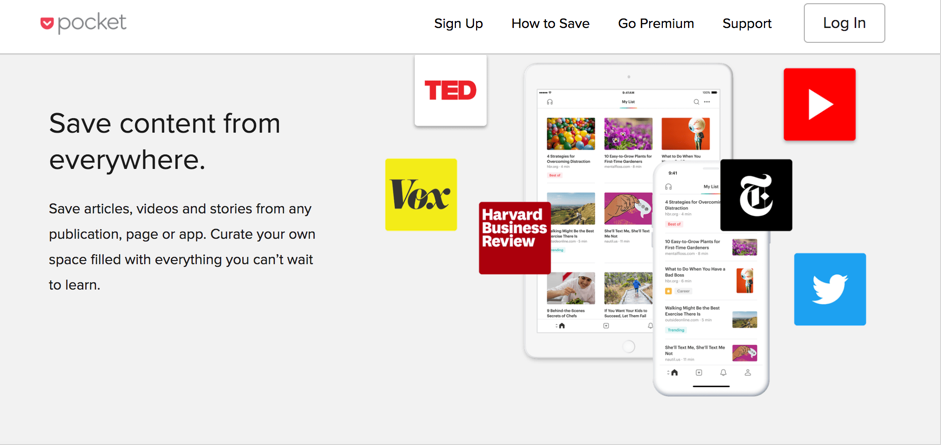Regularly sharing curated and created content that is of value to your target audience is really important to keep them engaged.
Creating a comprehensive strategy will help guide your content calendar whether you are sharing content on social media, on your email newsletter or the website’s blog. Think of your content pillars and your bedrock content then fill your content calendar with a combination of created and curated pieces for your audience.
In this article we will help you understand the difference between creating and curating content. Useful tools and practical advice on how to achieve the right balance between these two ways of sharing content will also be provided below:
Content Creation vs Content Curation
There are two main categories when sharing content online – created content that you produce yourself and curated content that is sourced from other content creators.
Investing time to create quality content in-house like videos, photos, whitepapers, guides, photography and infographics is invaluable to your audience. This, however, can be very time consuming. Adding curated pieces to your content marketing mix should help you fill the gaps in your calendar, add value to your readers and help you achieve a feed that isn’t all about you!
Read More: 7 Unbelievable Marketing Clichés
Content Curation
Filling your content calendar with curated content is just as important as creating your own branded content. It’s important not to overwhelm your audience with content that only speaks about your brand, your people and your products. You want to showcase your industry knowledge and share valuable content from other sources in the industry. This will give your readers a diversified experience and encourage them to come back to your feed for more.
Sharing content from other brands will also help foster positive relationships with them. It will encourage collaborations and incentivise them to share your content with their audience which will widen your reach.
Although curating doesn’t require the same resources as content creation, you still have to spend some time sourcing the right pieces to share on your platforms.
A good example of content curation done right is Netflix. Netflix has a substantial amount of ‘Netflix Original’ productions but when the viewer arrives on the landing page, there is a large amount of quality curated series and movies from other networks that have been licensed to Netflix. In addition, the home landing page is highly personalised due to Netflix’s algorithm that remembers individual account preferences and viewing histories, then displays a curated list of programmes for each viewer.

(image source: Netflix.com)
Practical Advice
Curating interesting content is an artform and requires a strategic approach just like content creation. Just think of a gallery curator – that’s a full-time job in itself. Sourcing content that sends the right messages and aligns with your brand values is so important. Anything shared on your platforms will be seen by your target audience and represents your brand.
There are a lot of techniques and tools that can help you curate quality content. You can use the good old hashtag to find industry related content from various sources. The Twitter search box is a great place to search for keywords of relevant topics. Also, the news section on Google is reliable in listing content from trusted news sources.
Alternatively you can use one of the many tools that offer a more advanced curation of content for you. Some of these services are free, but some more complex tools require payment. Here are a few of the well-known tools:

Curata

Speak to our team if you need help finding the best curation software for your strategy and budget.
Content Creation
Creating your own content should still sit at the core of your content strategy. Your own content will reflect your brand’s identity and tone. Your own content is also better for driving conversions as you can drive traffic by linking to various call-to-actions.
For your own content to be truly effective, it’s important to focus on creating quality pieces of content rather than be pressured to create a high volume regularly. That’s how curation can help support your company’s content output.
We can help you develop a comprehensive marketing strategy that will guide your content creation process.
Read More: How to Be a Responsible Marketer: Lessons from the Wellness Industry
Finding the Right Balance
So it’s clear now that both content creation and curation are important. It’s also clear how they both add value in various ways to a brand’s audience. But when should you create and when should you curate content?
It’s crucial to find the right balance that works for your audience. According to Hootsuite, a good rule of thumb is to share 40% created and 60% curated content. As surprising as that may seem, the goal here is not to project your brand as being too pushy or ‘salesy’.
It’s mostly important to think about your target audience. So dig-out your niche marketing strategy. Then based on your niche audience, you will be able to find the balance that works for the individual personas you want to target.
For support on creating or curating content for your website, social media or newsletter, contact our marketing team.







0 Comments